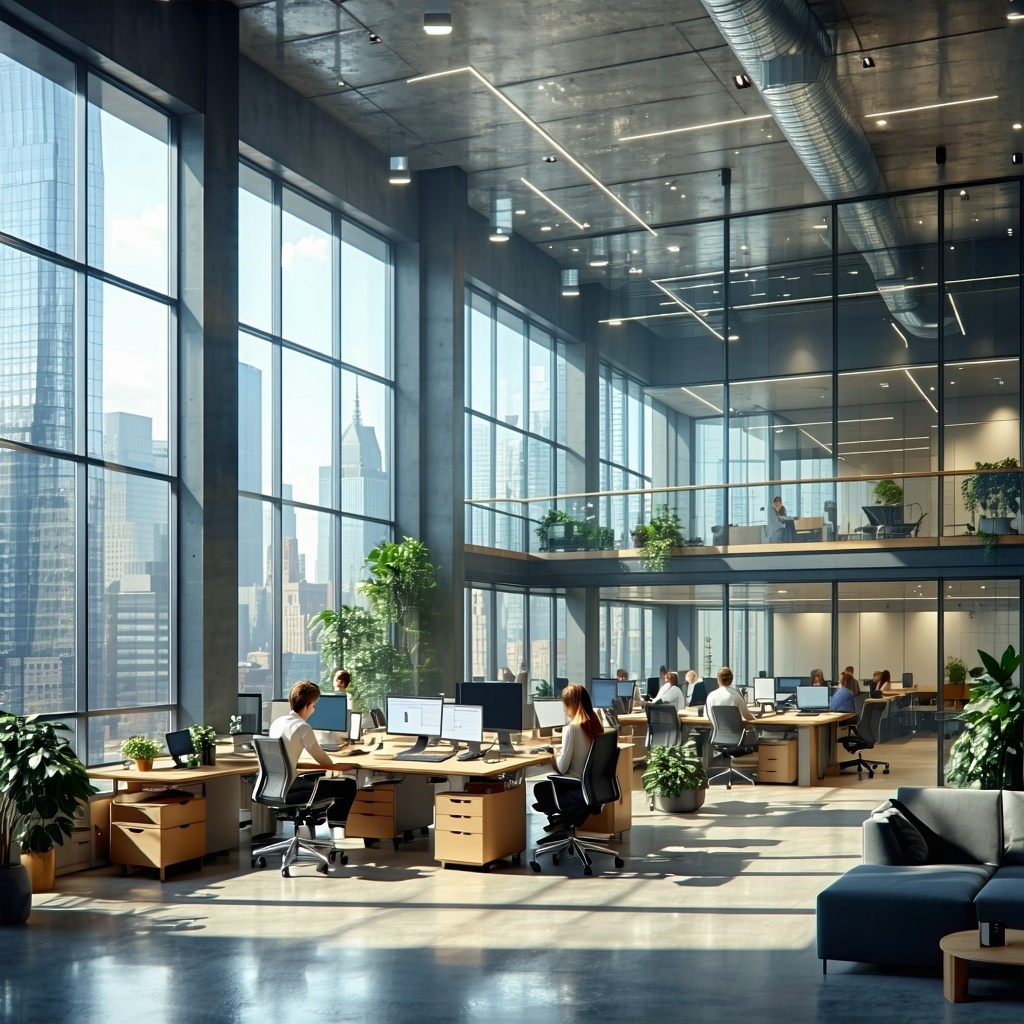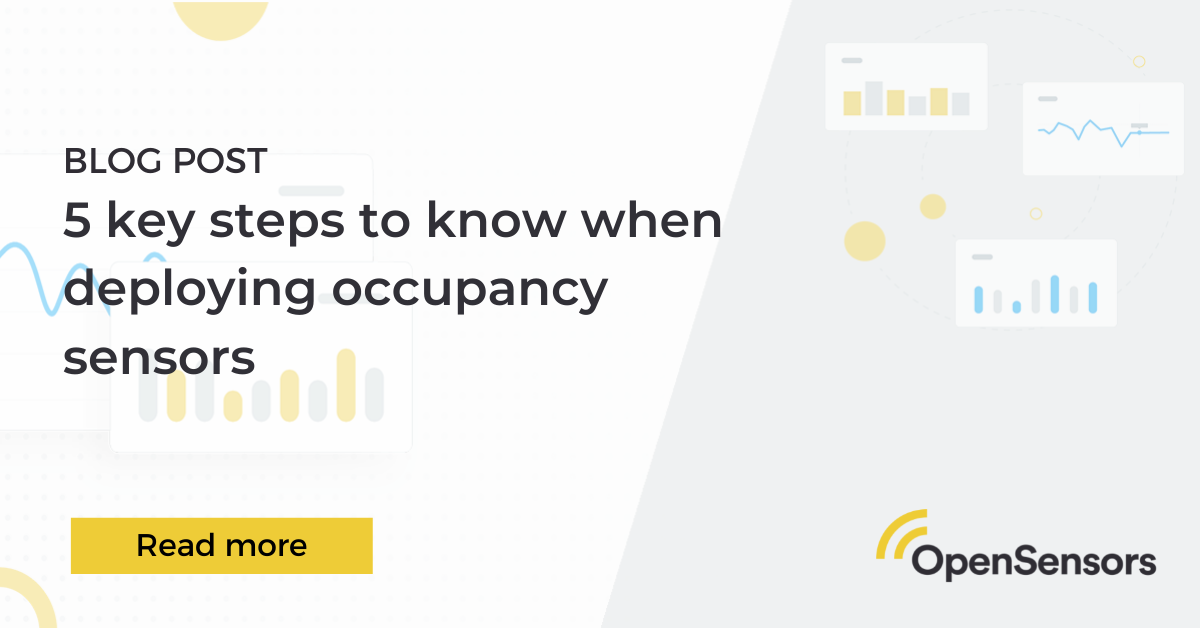How sensor-based solutions ensure you capture true utilisation rates.
For most, the office is an assumed and constant feature of working life to which little thought is given - its daily operations and provisions are conducted in the background and are only thought about when something goes wrong. This mindset however doesn’t reflect the effort and costs associated with maintaining a fit-for-purpose workplace, or take into consideration the financial impacts of getting it wrong. The need for evidence-based decision making is clear.
With a single floor of New York office space costing up to $2,000,000 per year in rent alone and increasing numbers of people working from home numerous days a week it is more important than ever that those responsible for space management have the absolute best data available to drive their decision making.
Without the right data to understand how, when and what spaces are being used and by whom organisations run the risk of not only hampering employee productivity, but also throwing away capital which could be reinvested into the business.
So, the stakes are high, but how can you ensure that you’re getting the best possible data upon which to structure your planning and decision making?
There are numerous methods of gathering occupancy and utilisation data across workplace assets and spaces, varying from the old-school manual surveys of the past, through to gathering entry badge data and built-in solutions via other IT tools and finally standalone and specialised sensor-based solutions and analytics platforms.
In the modern workplace, manual surveys and badge data are no longer fit for purpose. Gathering a snapshot of data two or three times a day or simply how many people have accessed the office at all is clearly not enough information to make informed decisions in the modern, flexible workplace.
Occupancy systems need to be running constantly throughout the day, and be set to capture each instance of utilisation; the more passive and independent from direct employee input a system is the more comprehensive the data gathered will be.
Monitoring systems which are built-in to existing IT tools, such as webcam and booking based solutions, rely on an employee to confirm and start a session, whether it be at an individual desk or in a meeting room.
From the get go, the data gathered will never be truly representative of how spaces are being used as any impromptu, unscheduled meeting or usage cannot be captured. Furthermore, relying on 100% uptake from employees’ participation throughout the entire period of study is an impossibility and each instance in which an employee fails to follow the necessary steps impacts the data gathered.
Sensor-based systems are the only truly passive system which capture data across every asset monitored 24/7 with no ties to employee identity. Furthermore, the data gathered isn’t tied to reservation or booking information, if a meeting scheduled for 1 hour only lasts 20 minutes this will be reflected in the data, rather than it being assumed that the blocked out time was fully used.
There is also the problem of where built-in solutions are able to be deployed; if a system relies on 3rd party compatible hardware or software - i.e. webcams, calendars, etc - this severely limits the spaces that can be monitored. Footfall throughout floors, bathrooms, breakout spaces and cafeterias is impossible as there is nowhere for the system to be placed, whereas specialised occupancy sensors can be deployed across any asset or space.
The all-encompassing nature of sensor-based solutions increases the number of decisions teams can base upon the data, looking at cleaning patterns across floors and bathrooms becomes an immediate possibility whilst remaining a blackhole data-wise if using a built-in tool.
Making decisions on the provision of space, both the amount required and types available, requires understanding fully how existing spaces are utilised and this level of granularity is only provided by standalone, specialised sensor-based systems.
Contact us
Get in touch and let us help you navigate and define your workplace strategy.
Whether you need help with workplace analytics, consultation on your strategy or guidance on your workplace plans in a post COVID19 era, we’re here to help.





